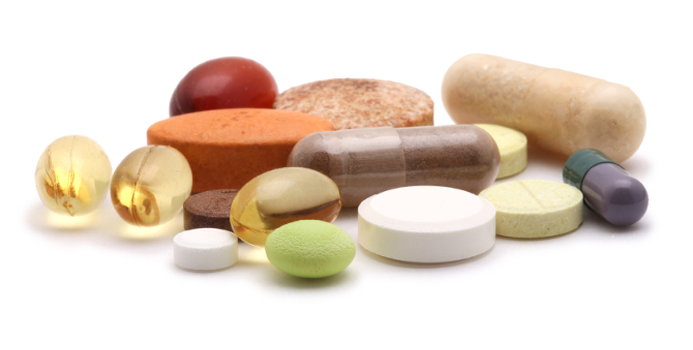Abstract
INTRODUCTION:
Vitamin E is one of the most promising agents for nonalcoholic steatohepatitis (NASH) treatment, and its drug responsiveness may be closely associated with haptoglobin (Hp) genotype. However, its efficacy and safety remain unknown in China. This clinical trial of vitamin E versus placebo for the treatment of nondiabetic patients with nonalcoholic steatohepatitis (VENS) is conducted to evaluate (a) the efficacy and safety of treatment with vitamin E softgel (300 mg/day) determined from standardized histologic scoring of liver biopsies, (b) whether treatment with vitamin E improves biochemical parameters, cytokines, anthropometric parameters, controlled attenuation parameter (CAP), and transient elastography (TE) values determined by Fibroscan and health-related quality of life (SF-36), (c) whether the efficacy of vitamin E treatment is associated with the Hp genotype in nondiabetic adults with NASH.
METHODS:
VENS is a multicenter, randomized, double-masked, placebo parallel controlled trial to evaluate the efficacy and safety of treatment with vitamin E softgel in nondiabetic adults with NASH versus treatment with placebo in China. Liver biopsies are read by a pathological evaluation committee independently according to the NASH Clinical Research Network (CRN) scoring system. The NAFLD activity score (NAS) represents the sum of scores for steatosis, lobular inflammation, and hepatocyte ballooning. The definition of histologic improvement requires all three of the following criteria to be met: (a) either improvement in NAS by at least 2 points or post-treatment NAS score no higher than 3, (b) at least 1-point improvement in the score for ballooning, and (c) no worsening of fibrosis stages. We plan to recruit 120 biopsy-proven NASH patients from13 centers in China. Participants will be randomly assigned to groups treated with either with vitamin E (100 mg, tid) or placebo for 96 weeks then followed by 24 weeks of post-treatment observation. Biochemical parameters, cytokines, anthropometric parameters, CAP and TE values, Hp genotype, and several questionnaires will be collected as per the schedule. This protocol was approved by the Ethics Committee of Hangzhou Normal University Affiliated Hospital to ensure patients safety, and R&G Pharmastudies Co., Ltd. was established for monitoring the accumulated interim data to review efficacy and quality of data collection and overall study management.
RESULTS:
As a preliminary study, a mobile phone application (app) for lifestyle modification and database recording ( http://laiyivens.365hy.com ) was exploited for every participant. The percentage of NAFLD patients with Hp 2-2 allele is much higher than that of Western patients (65.71% vs 36%, respectively), which suggests that the Chinese benefit more from vitamin E treatment.
CONCLUSION:
VENS is the first randomized controlled trial (RCT) to evaluate the efficacy of Vitamin E in treating nondiabetic NASH patients in China.
Read More



